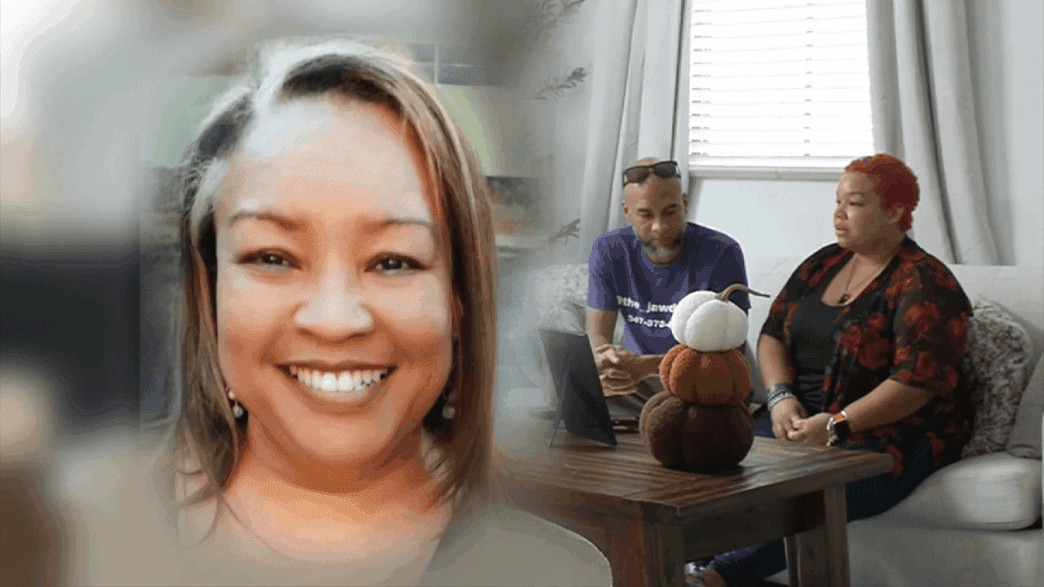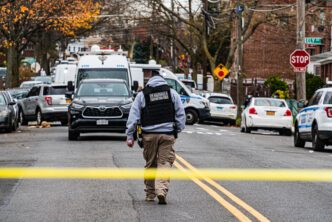A South Florida woman’s plans for her own funeral were clear, yet months after her passing, her family still grapples with her unfulfilled wishes due to an unsigned death certificate.
Sydney Sydnor cherished her mother’s joyous spirit. Sadene, known for her vibrant personality and endless smiles, faced considerable challenges after being diagnosed with breast cancer. Despite the struggles of treatment, Sadene continued to bring happiness to those around her, celebrating milestones such as finishing chemotherapy with laughter and dancing.
The situation took a dire turn when a blood cancer, attributed to previous treatments, further complicated Sadene’s health. Sadly, she succumbed to her illness in July. However, logistical hurdles have prevented her burial or cremation, her body remaining at the funeral home due to an unsigned death certificate, causing significant emotional distress for Sydney.
Sydney Sydnor’s frustration is palpable as she recounts the procedural difficulties. Efforts to contact the attending physician at the time of her mother’s death to sign off the death certificate proved futile. Upon visiting the hospital, Sydney learned that the responsible doctor was no longer available, leaving her in an agonizing wait that extended for months.
According to 7News legal expert Howard Finkelstein, the law mandates the attending physician at the time of death sign the death certificate within five days and forward it to the funeral director. The process should then proceed to state records. Howard explained that inaction by the physician should be reported to the Department of Health, which can intervene, though actual consequences for physicians are rare when they fail to meet these obligations.
Conflicting accounts complicate the issue further. The hospital asserts that the doctor did, in fact, complete the death certificate, whereas the funeral home director has not received it. The problem was exacerbated when the state’s electronic death registration system was compromised, requiring a reversion to manual handling. In August, the doctor reportedly signed the certificate again, yet the funeral home was still left without it.
This impasse was eventually resolved when external contacts were made to all parties involved. Sydney finally received her mother’s death certificate and ashes. She expressed a bittersweet relief, holding some ashes in a locket as a symbol of their lasting bond. Despite this resolution, the ordeal highlighted significant gaps in the death certificate process.
Sydney finds solace in knowing her mother would have been proud of her persistence to fulfill her final wishes. The emotional toll of handling logistical challenges after a loved one’s death is immense, and Sydney’s story underscores the importance of efficient processes in alleviating additional grief.
Finally having her mother’s ashes brings a sense of closure to Sydney, allowing her to honor her mother’s wishes in peace. The complexities faced in obtaining the death certificate emphasize the need for improved procedural clarity to prevent such distressing experiences for families in mourning.
Source: WSVN








